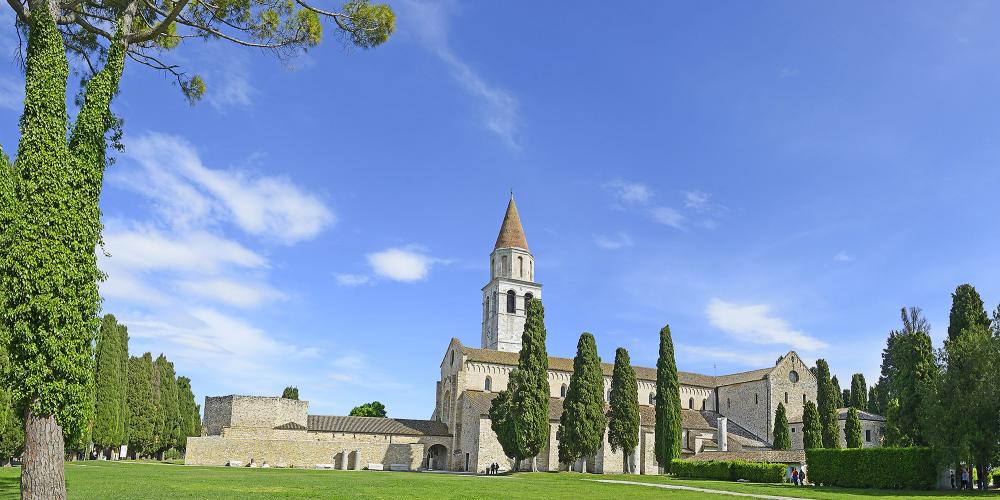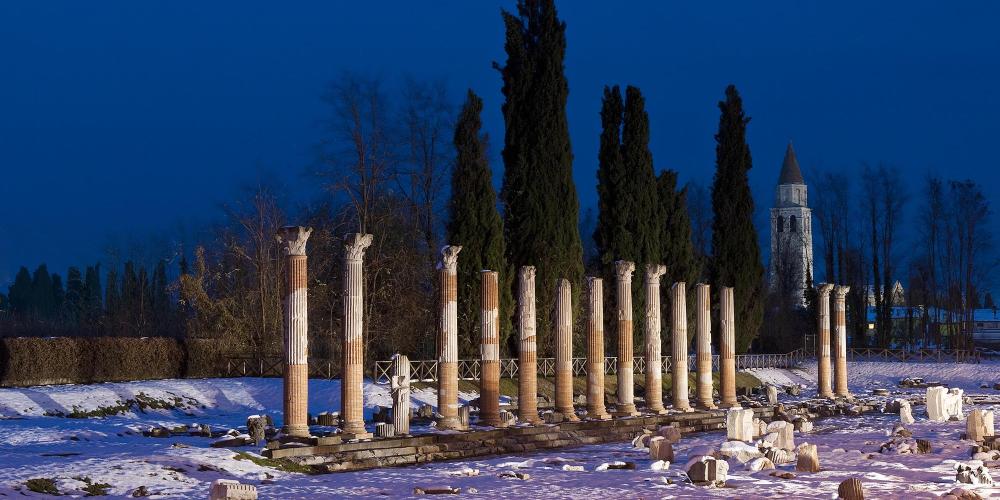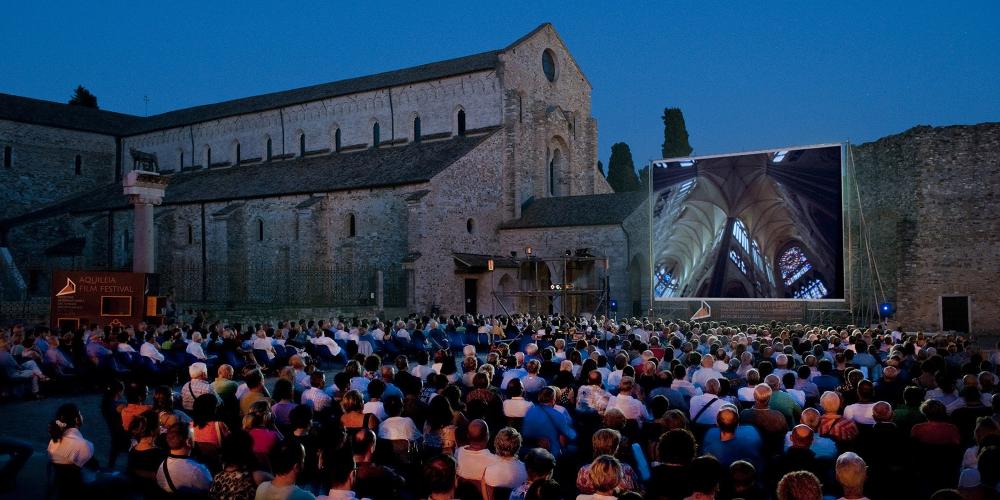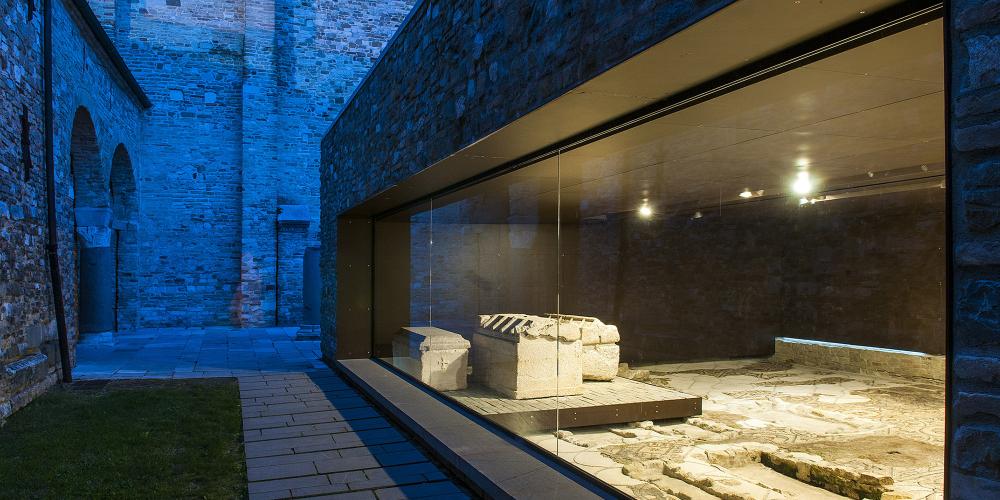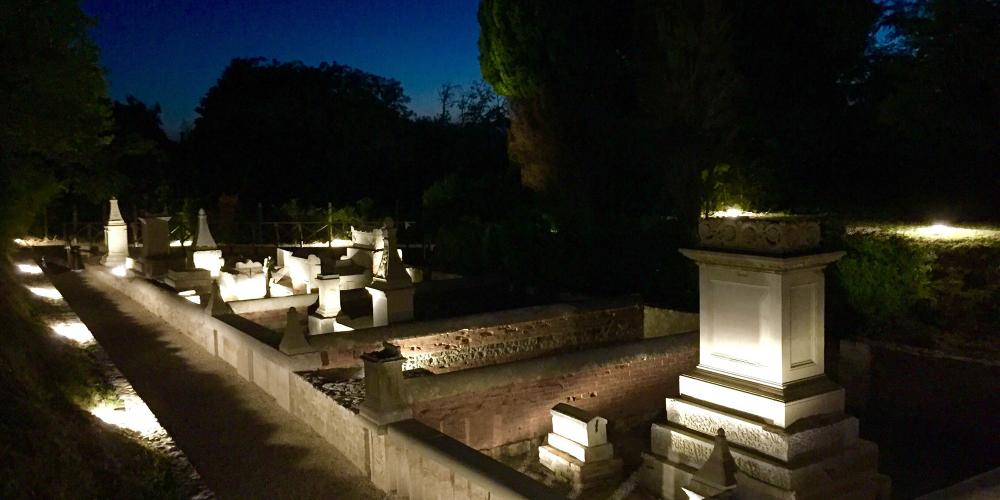Archaeological Area and the Patriarchal Basilica of Aquileia, Italy

Aquileia was one of the largest and wealthiest cities of the early Roman Empire and most of it still lies beneath the ground, unexcavated. For this reason, it is considered the greatest archaeological reserve of its kind. From a historical perspective, the city played a key role in the evangelisation of Central Europe. The collection of mosaics on the floor of the basilica is also extremely significant as one of the largest and best-preserved in the Christian world.
The mosaic floor artwork of the Roman period was about more than aesthetics. In homes, the mosaics were a symbol of wealth and power. In churches, they helped religious leaders tell the stories of faith. At the Basilica of Aquileia, the incredibly detailed images provide insight into religious life of the time, notably with the inclusion of pagan symbols. These social and political uses of mosaics, so strong during the Roman era, have influenced the art world ever since.
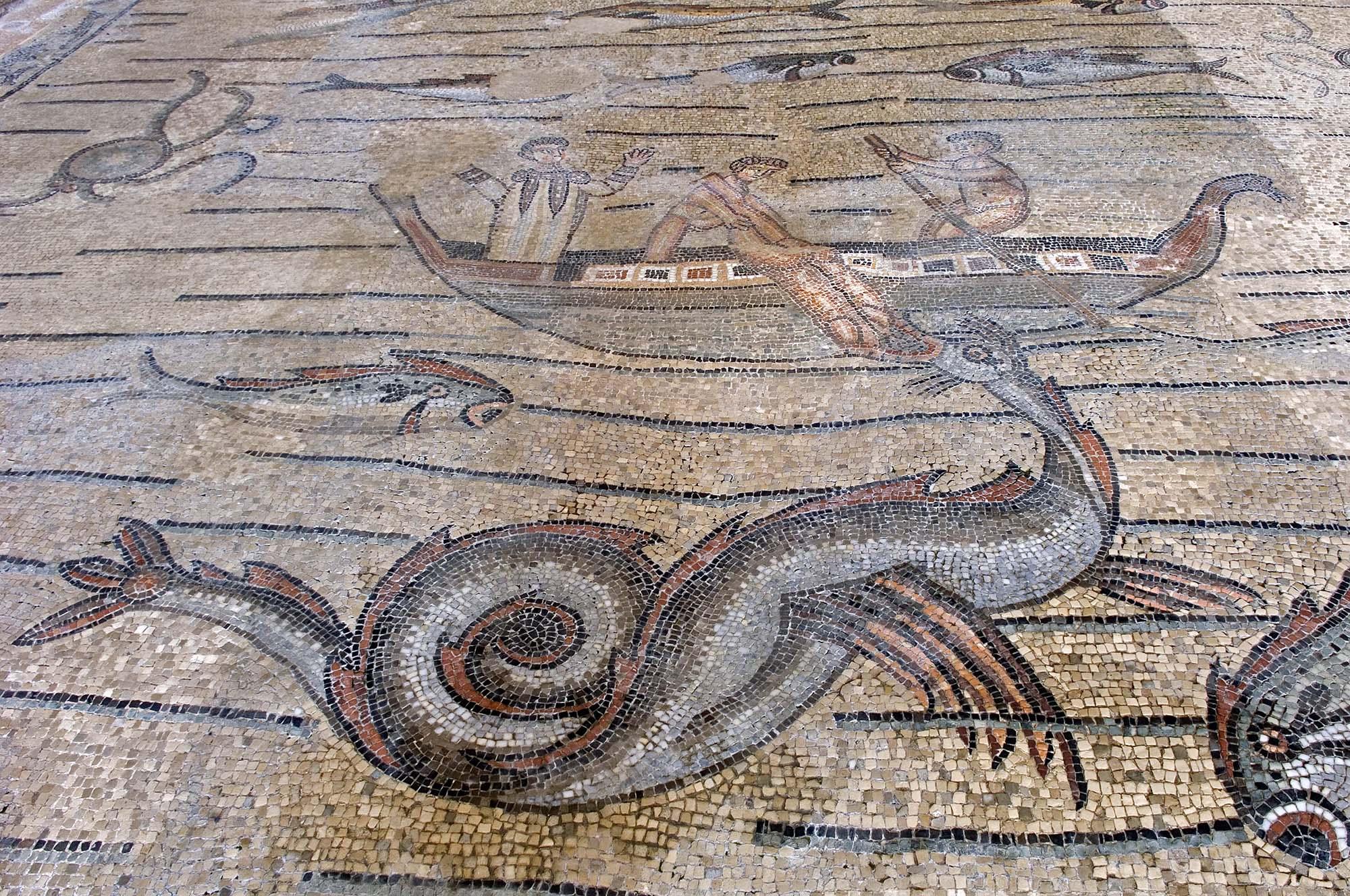
Aquileia may be lesser-known than its nearby neighbour Venice, but its rich ancient heritage has a lot to offer visitors. Inside the basilica, a clear elevated pathway allows visitors to walk over the early Christian mosaics and see these masterpieces up close in great detail. Looking down, there are colourful scenes from the Old Testament, cultural representations of local life, and portraits of important contemporary people. Vibrant frescoes from the Byzantine period can be found throughout this building famed for its seminal contribution to European art. The National Archaeological Museum of Villa Cassis is one of the main archaeological museums in Northern Italy and is not to be missed. Join one of the special 'open days' and take an exclusive behind the scenes tour through some of the most significant archeological sites.
The Seeds of Culture
Aquileia, founded by the Romans in 181 BC, was a cultural city at the crossroads of religions, as well as the seat of an episcopacy and the Venetia et Histria government. This ancient site overflows with superlatives. It was one of the biggest cities of the Roman Empire, one of the liveliest communities of early Western Christianity, and one of the most important ancient ports on the Adriatic Sea. It was also the starting point of the main commercial, cultural, and military roads into north-eastern Europe.
Aquileia was named a UNESCO site in 1998, but it's the reason for its inclusion that starts to hint at the site's importance. The ancient city survived intact and unexcavated. It is the most complete example of an early Roman city in the Mediterranean world. Further, the Patriarchal Basilica Complex played a key role in the spread of Christianity into Central Europe in the early Middle Ages.
Historic Twists and Turns
Having a prime location can be both a blessing and a curse. In Aquileia's case, its locale was both a reason for expansion and the reason for demise. In 401 AD, the city was invaded by King Alaric and the Visigoths. During the crisis that followed, the defensive walls were not able to stop the advance of people and warlords from the East. In 452, the invasion of the Huns left a permanent mark, making Attila a symbol of catastrophe in popular Friulan tradition.
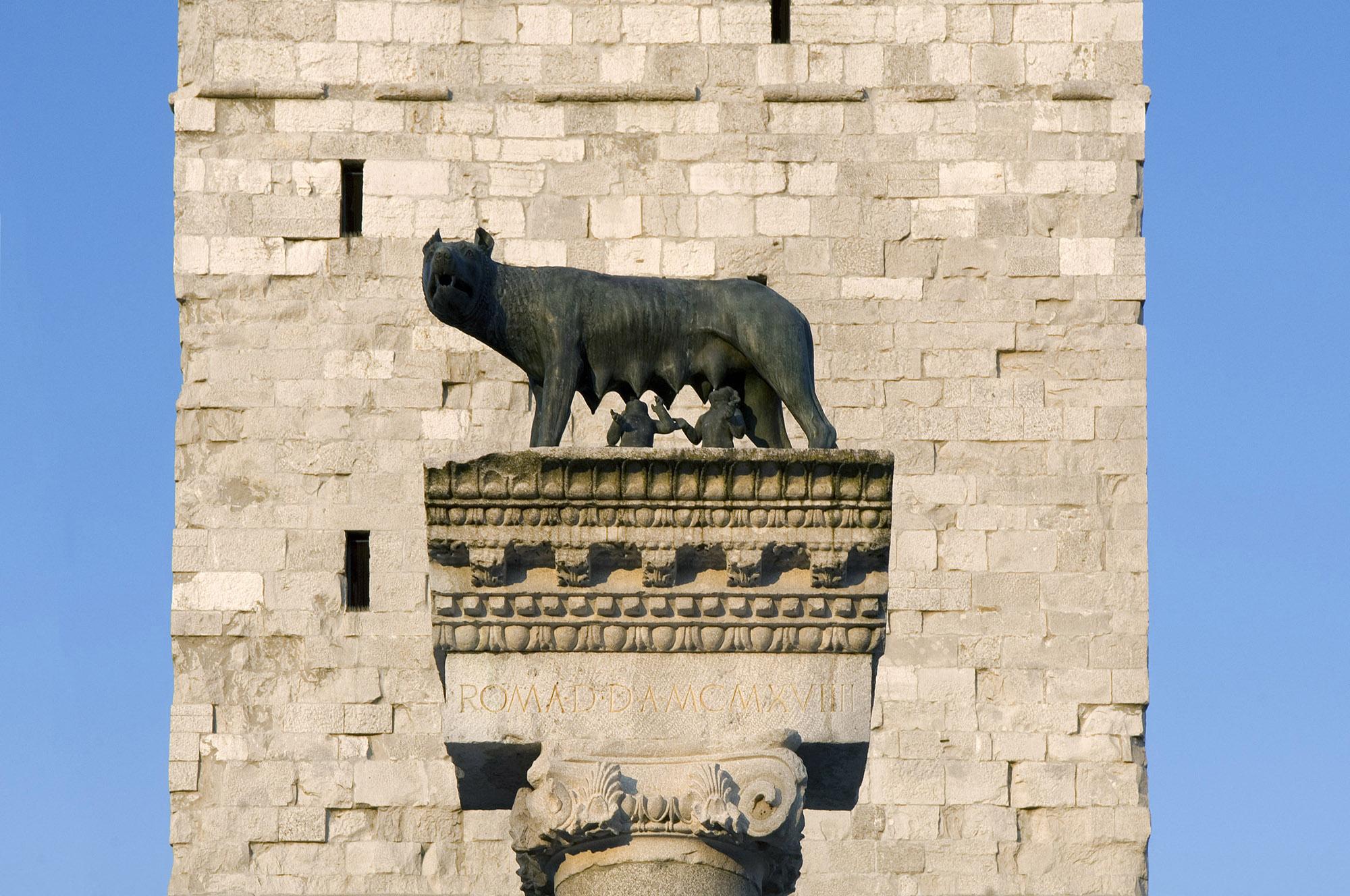
Following its early period, Aquileia's history was a rollercoaster. In 476, and the end of the Western Roman Empire, the city experienced a recovery, which lasted until 568 when the Lombard King Alboin annexed the city to the Duchy of Friuli. After nearby Cividale was named the region's capital and the government was transferred, Aquileia was abandoned at length. With the Holy Roman Empire, the city came back to life again, at least religiously. Thanks to Charlemagne's support, Friuli became an outpost in the heart of Europe.
In 1077, Henry IV granted independence to what then became “the Friuli State” with Patriarch Sigeard at its head. The temporal power of the patriarchs lasted for three centuries, until 1420, when Aquileia was incorporated into the Republic of Venice for some decades. Then after centuries under the Austrian Empire, Aquileia was annexed to Italy after the First World War.
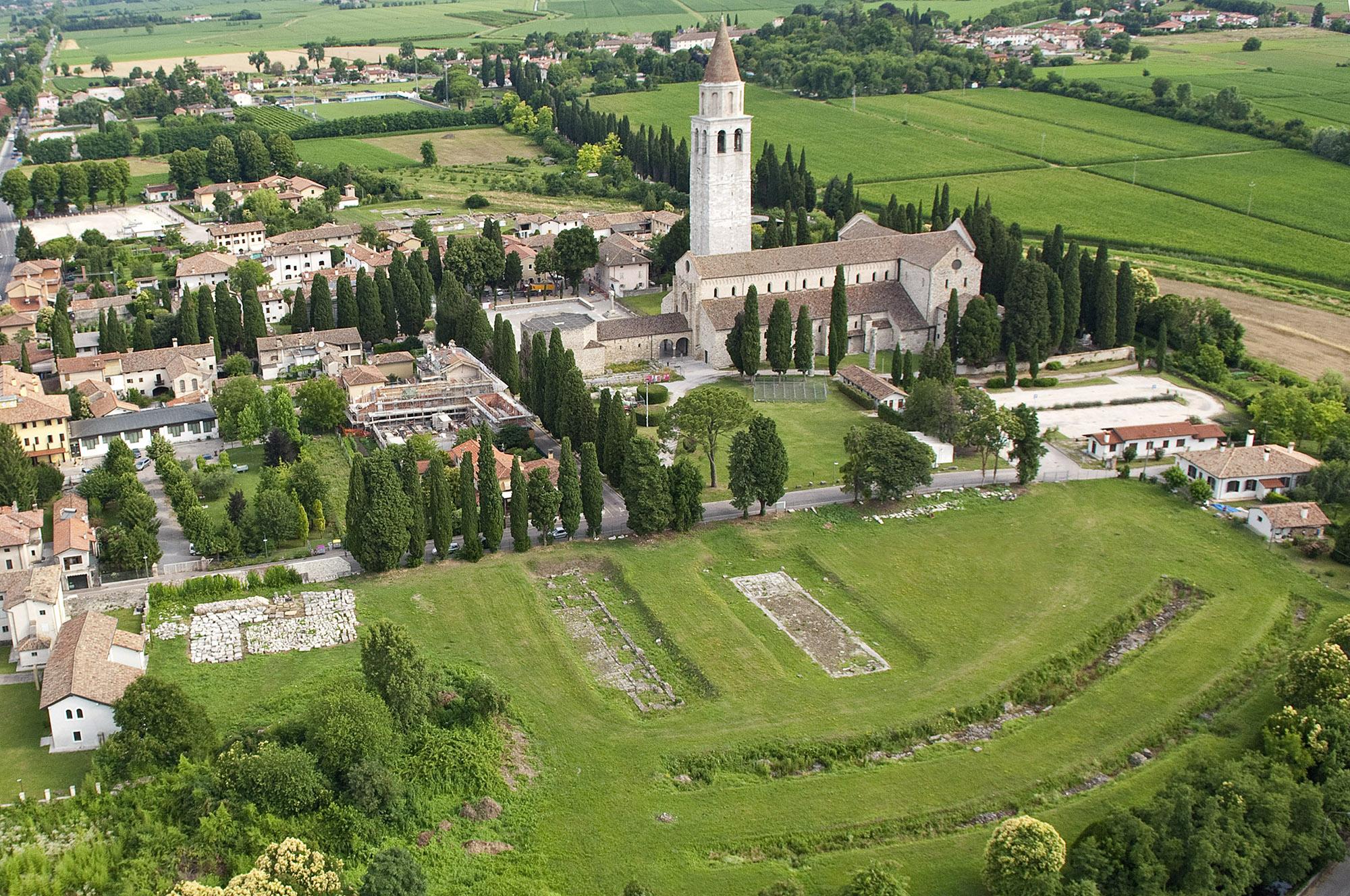
Centuries of Undiscovered Influence
Today, Aquileia is a small and charming Italian town 90 kilometres east of Venice, but in ancient times it was one of the world's largest cities, with a population of 100,000 in the 2nd century AD. Even before entering the site, it is important to note that most of the city remains unexcavated beneath fields, making it a unique and ever-changing archaeological reserve. What visitors can see, however, will expand their view of history and culture.
The dominant feature of Aquileia is its basilica, which was erected in the early-Christian period. The imposing mosaic floor dates back to the Theodorian Church built at the beginning of the fourth century and rebuilt between the 11th and 14th century in the Romanesque and Gothic style. The floor mosaics (over 1,300 square metres of them) represent one of the most ancient and extraordinary expressions of this early Christian art form.
Its complex includes the Baptistery and the Südhalle (South Hall), the latter linking the Baptistery to the basilica. The archaeological areas the visitor can see are the markets, the Forum, the Sepolchretum (cemetery), the remains of some beautiful domus and the Fluvial Port, which is about 400 metres from the western docks, made of Istrian limestone blocks and set on two different levels relative to the flood tide. The National Archaeological Museum and the Early Christian Museum complete the attractions with their impressive collections.
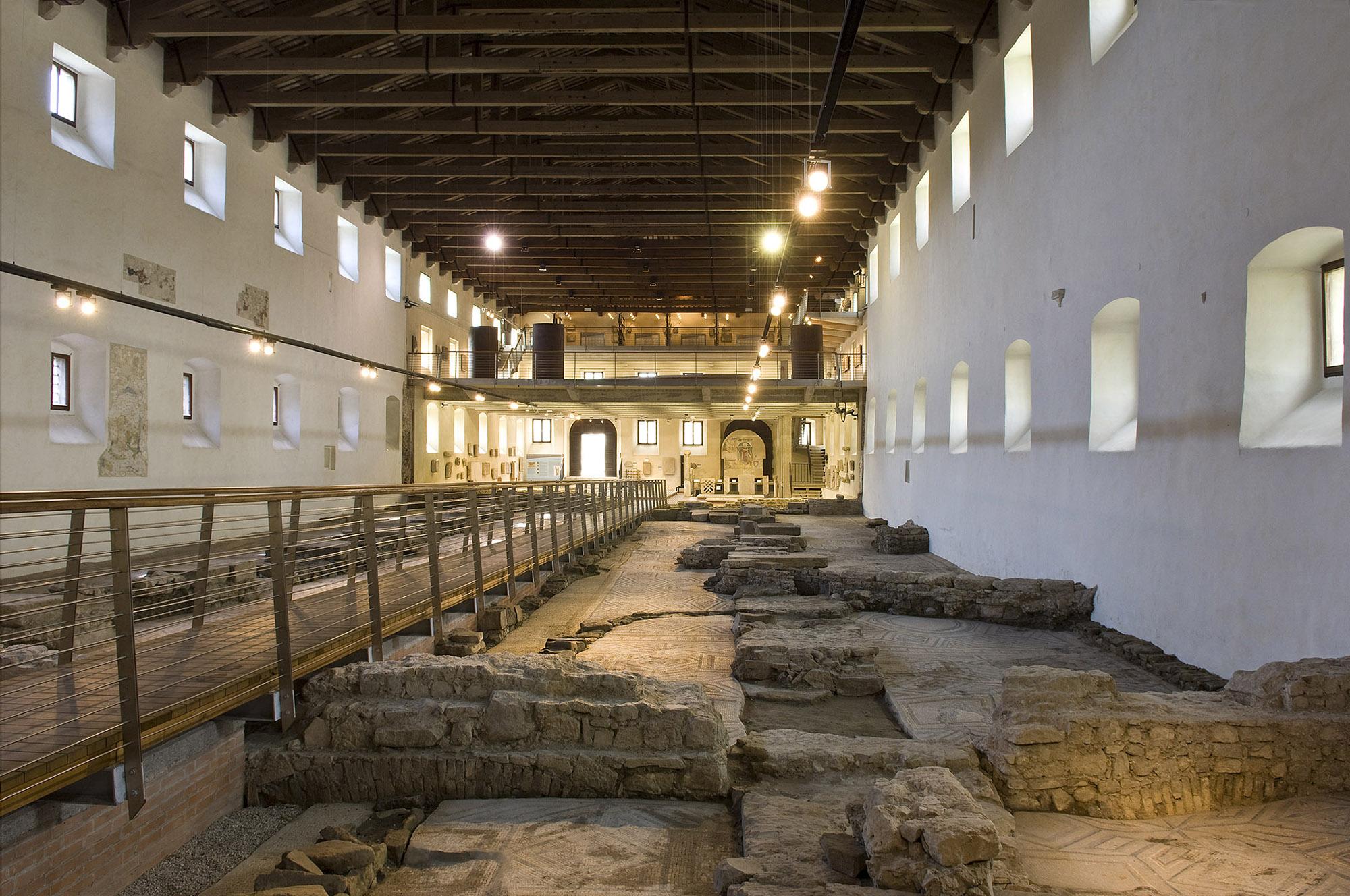
How to Get There
Aquileia is located in Friuli Venezia Giulia, in north-eastern Italy, between Venice and Trieste, 110 and 40 kilometres respectively. It is placed in a barycentric position with respect to the main cultural and tourist centers of the region: Trieste, Udine, Gorizia, Cividale, Palmanova, Grado, and Lignano.
If arriving by car, the A4 Torino-Trieste motorway (exit Palmanova) is only 25 kilometres away. At Aquileia, there are many parking lots to accommodate both cars and buses.
Travelling by train, the nearest station is Cervignano-Aquileia-Grado, 7 kilometres away—connected by line coaches to Aquileia's centre in 10 minutes.
If arriving by plane, the Trieste Airport is only 13 kilometres from Aquileia and connects the region with the main Italian and European cities.
Cyclists will also be thrilled to approach Aquileia, which is crossed by Ciclovia (Cycle lane) Alpe Adria, connecting Salzburg, Austria, and Grado, Italy.
When to Visit
Aquileia can be visited in every season. In spring and autumn, you can admire beautiful reflections and sunsets on the basilica, the forum, and the river port. As well, the basilica is open on Sundays for religious functions.
How to Visit
Archaeological areas and museums are spread throughout the city. It is best to visit Aquileia on foot or by bicycle. Start from the tourist info-point, which will provide all the information for a pleasant and rewarding visit. Please keep in mind that there is a dress code in the basilica.
Sights and Attractions recommended by the locals
Archaeological Area and the Patriarchal Basilica of Aquileia, Italy
The town of Aquileia and its outdoor attractions are open all day and night.
The Tourist Office is open every day: 9.00 - 13:00 / 13:30 - 17:30
Basilica, Baptistery and Südhalle:
- from April to September, from 9:00 to 19:00
- in March and October: from 9:00 to 18:00
- from November to February, from 10:00 to 16:00 (Saturdays, Sundays and holidays, from 9 to 17)
- January 1st, from 10:00 to 17:00
- Closing days of Basilica and Baptistery: December 25th afternoon
- January 6th, from 14:00 to about 15:30
- All Sundays, from 10:00 to 11:30
The best solution is to buy the FVGCard, a chip card bearing the holder’s name that allows you to discover Friuli Venezia Giulia. It is a pass with a wide range of services to explore the whole region. From the date of the first use, it may last 48 hours, 72 hours or 7 days and gives you free entry to any attraction in Aquileia, including audioguides and guided tours.
48 h € 18,00
72 h € 21,00
1 week € 29,00

